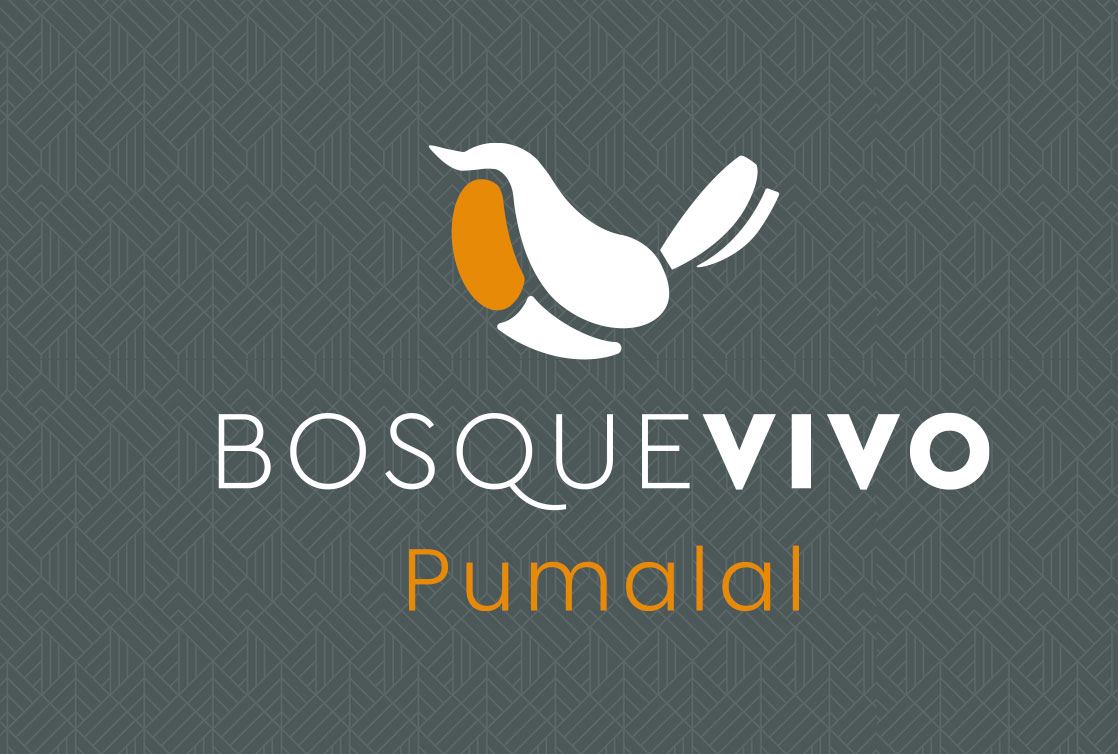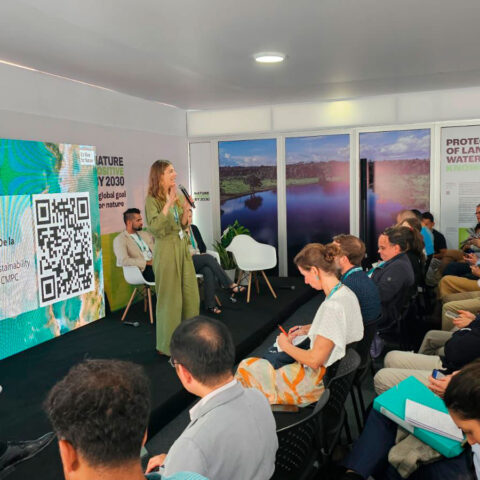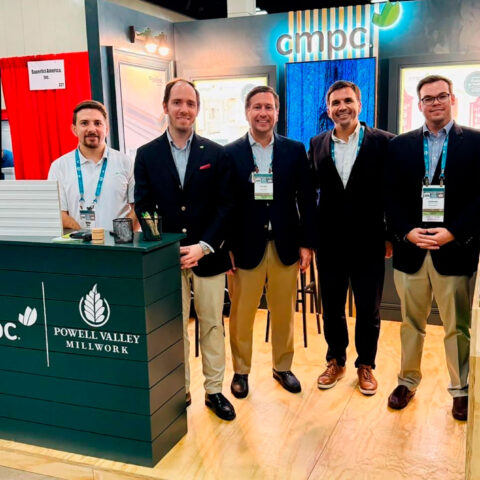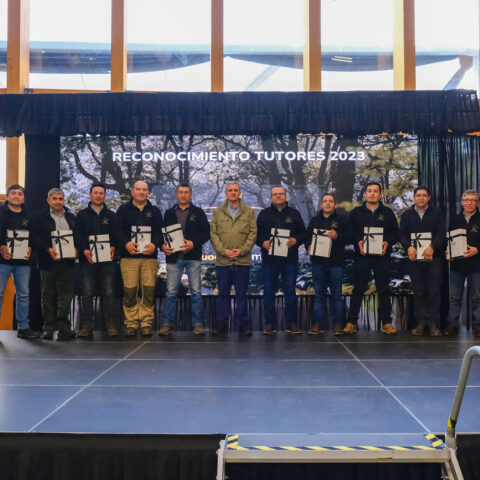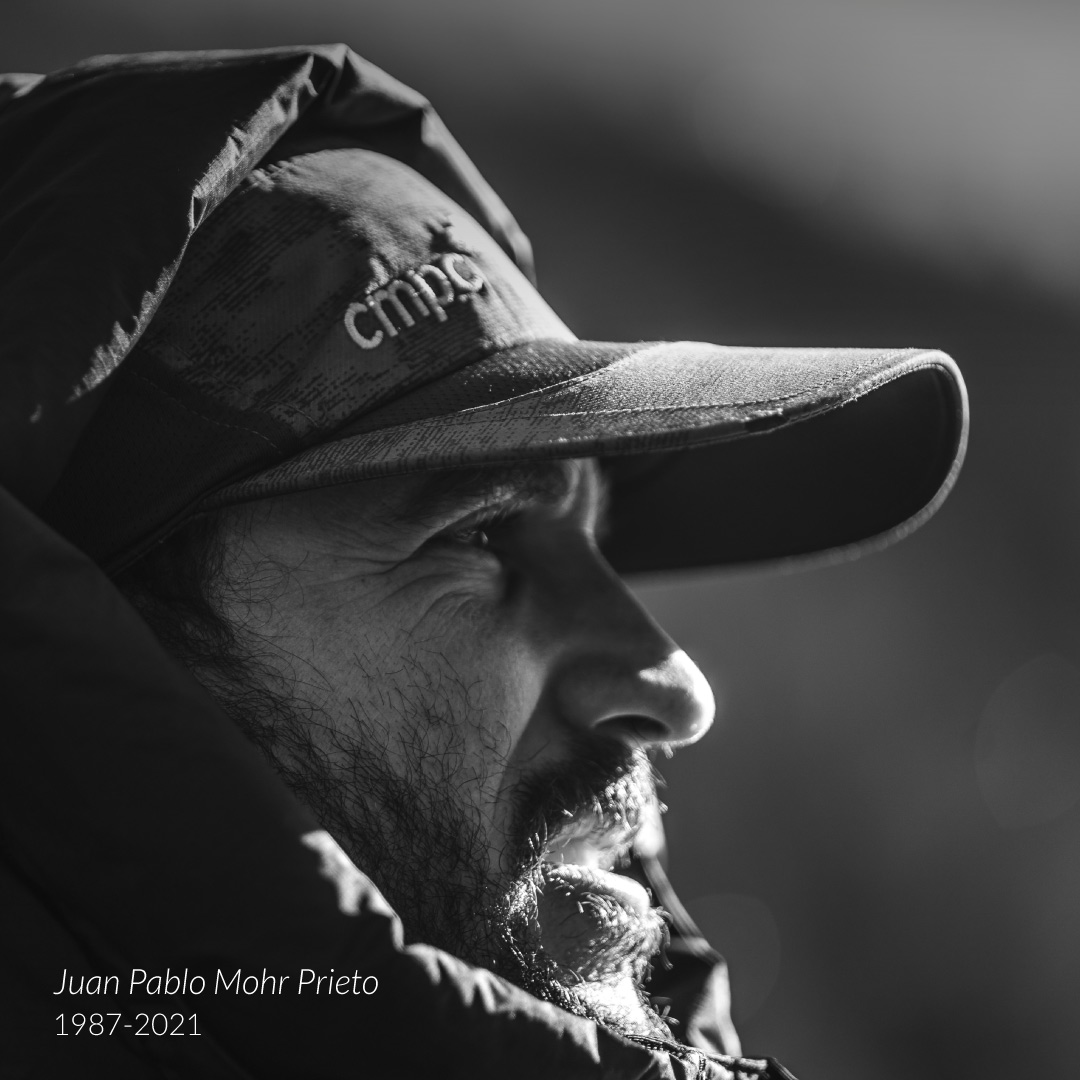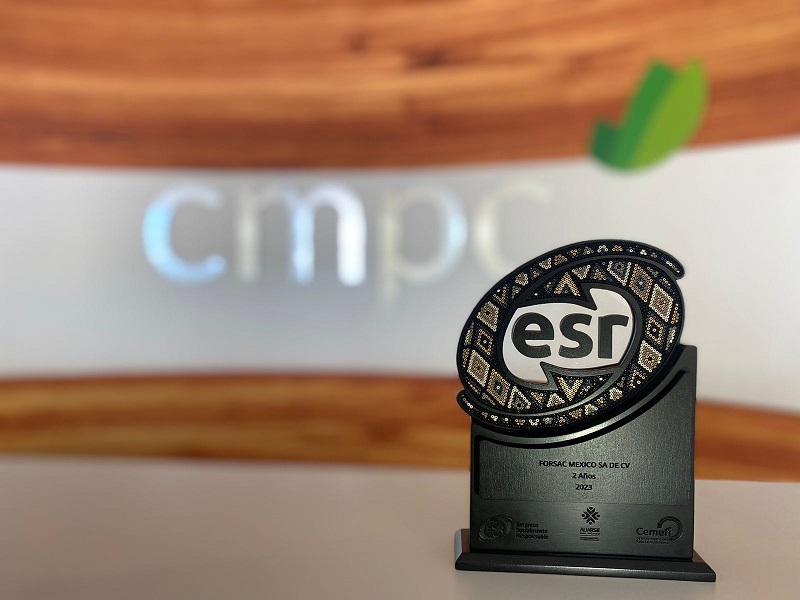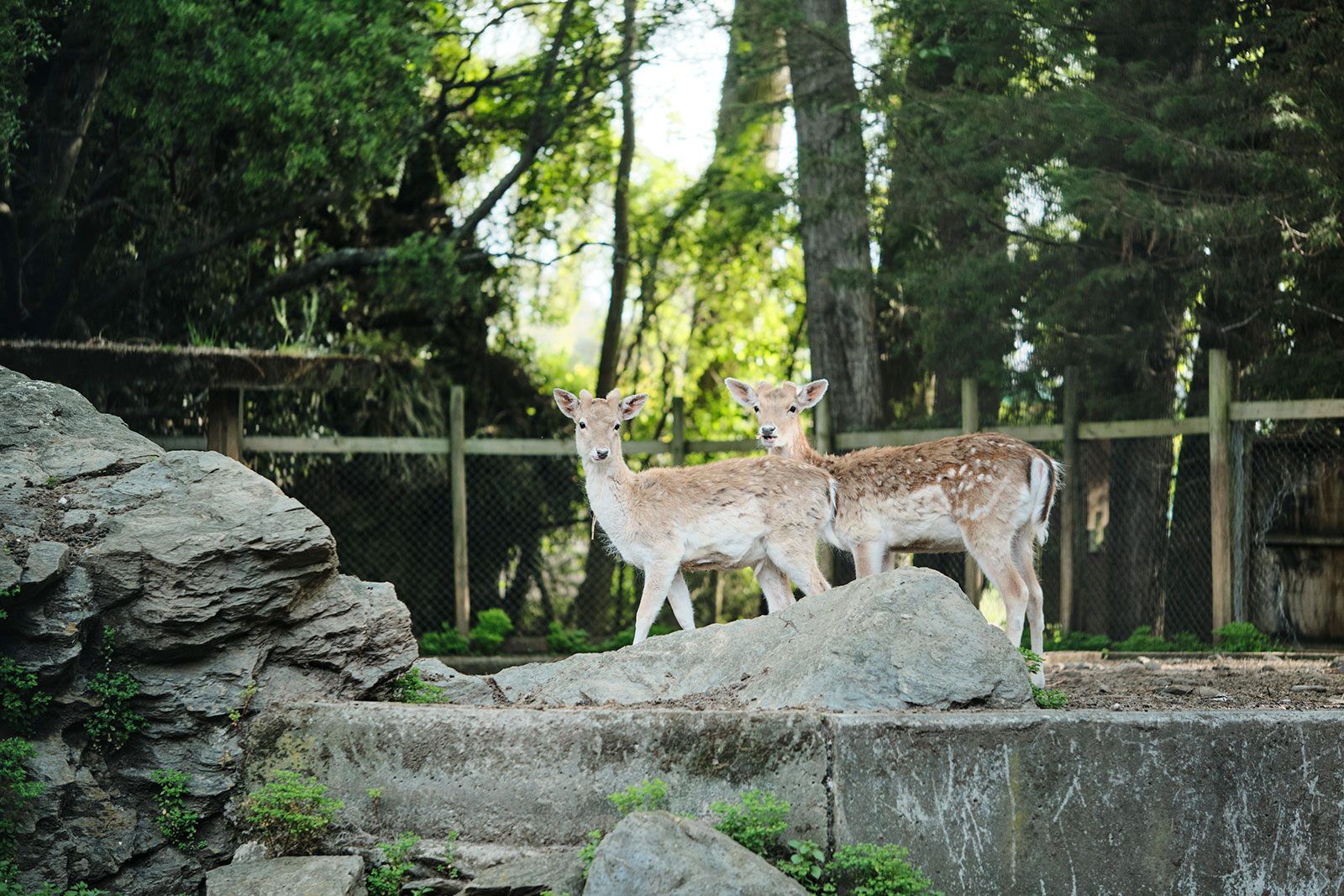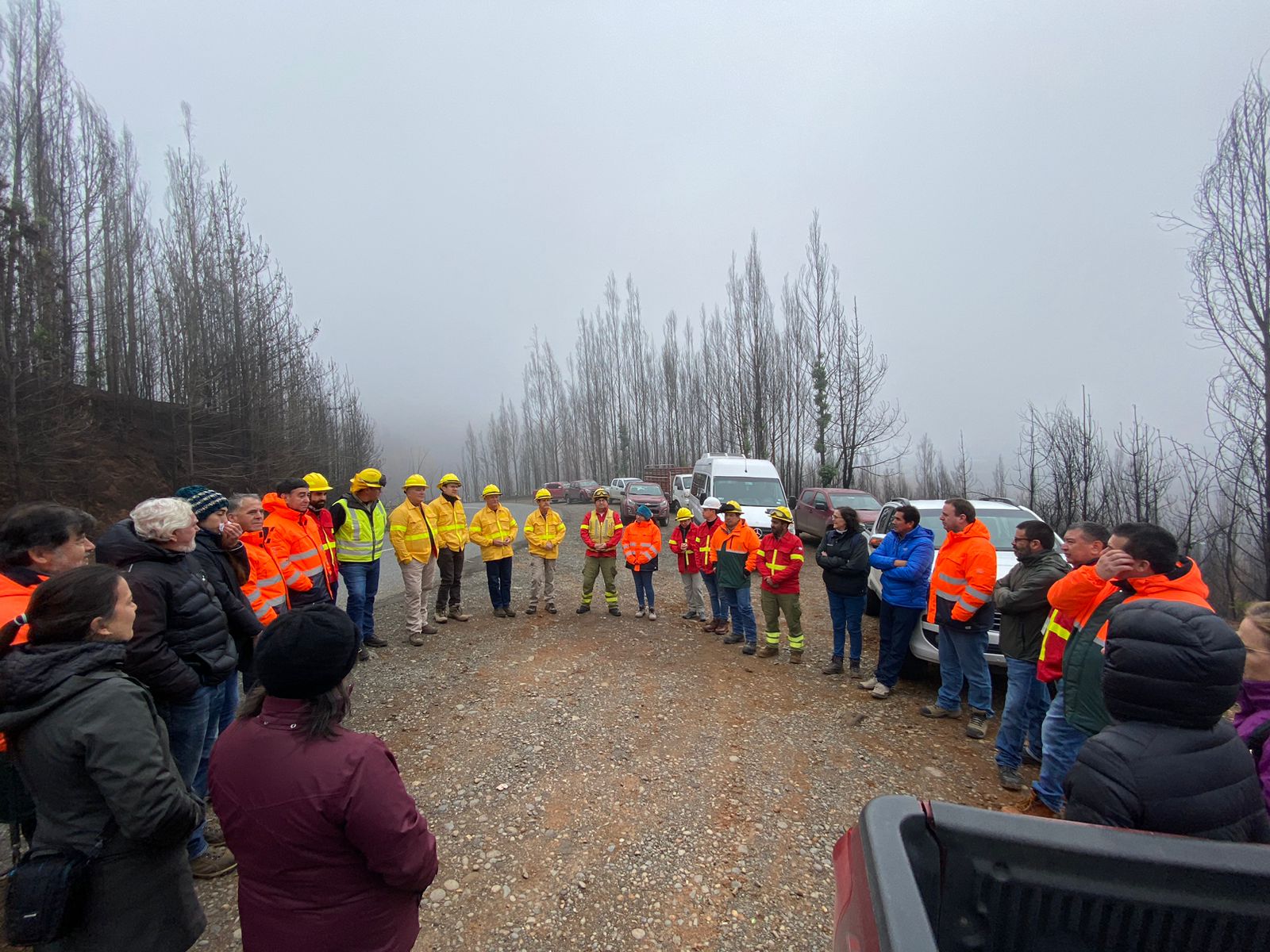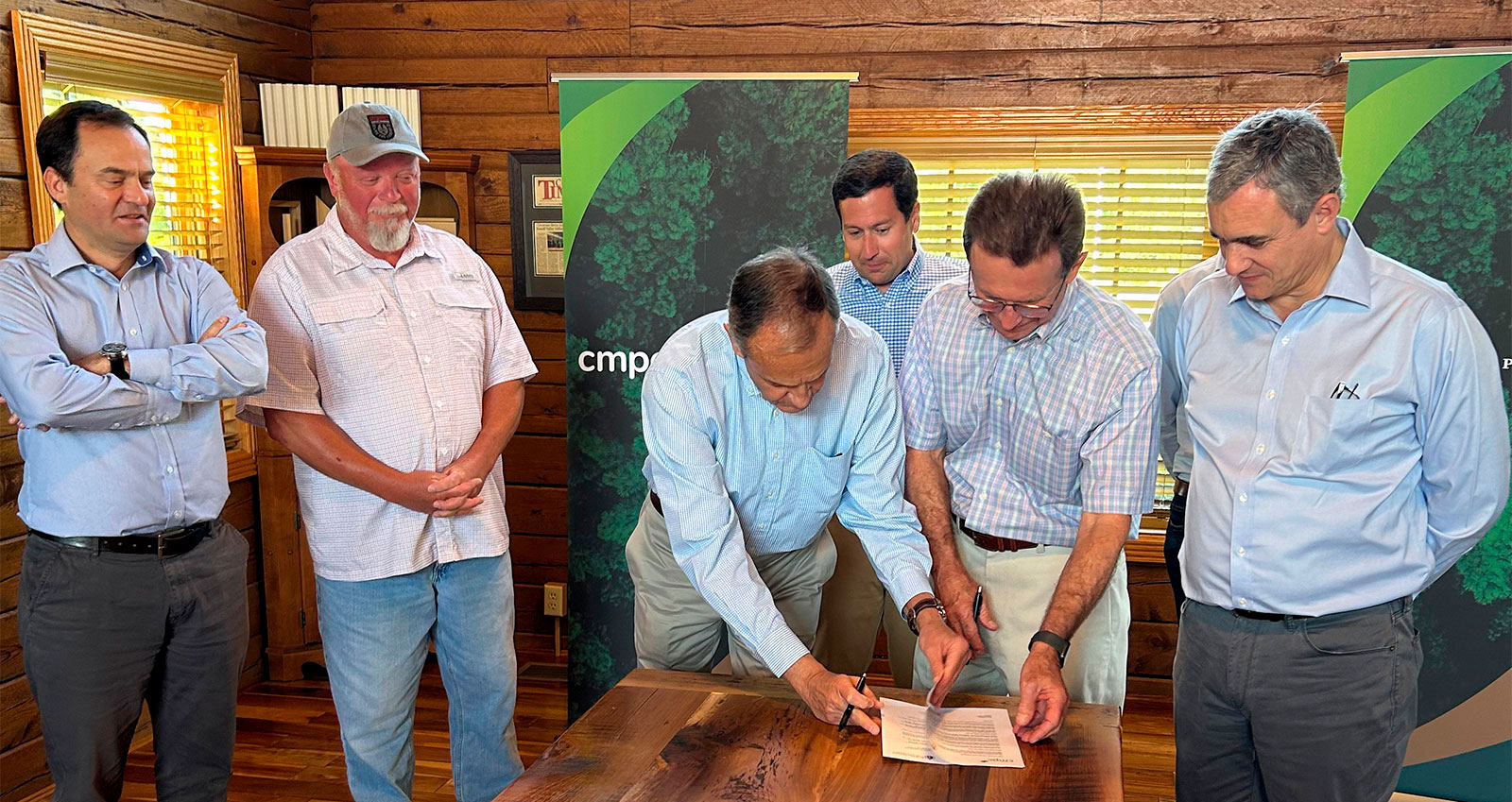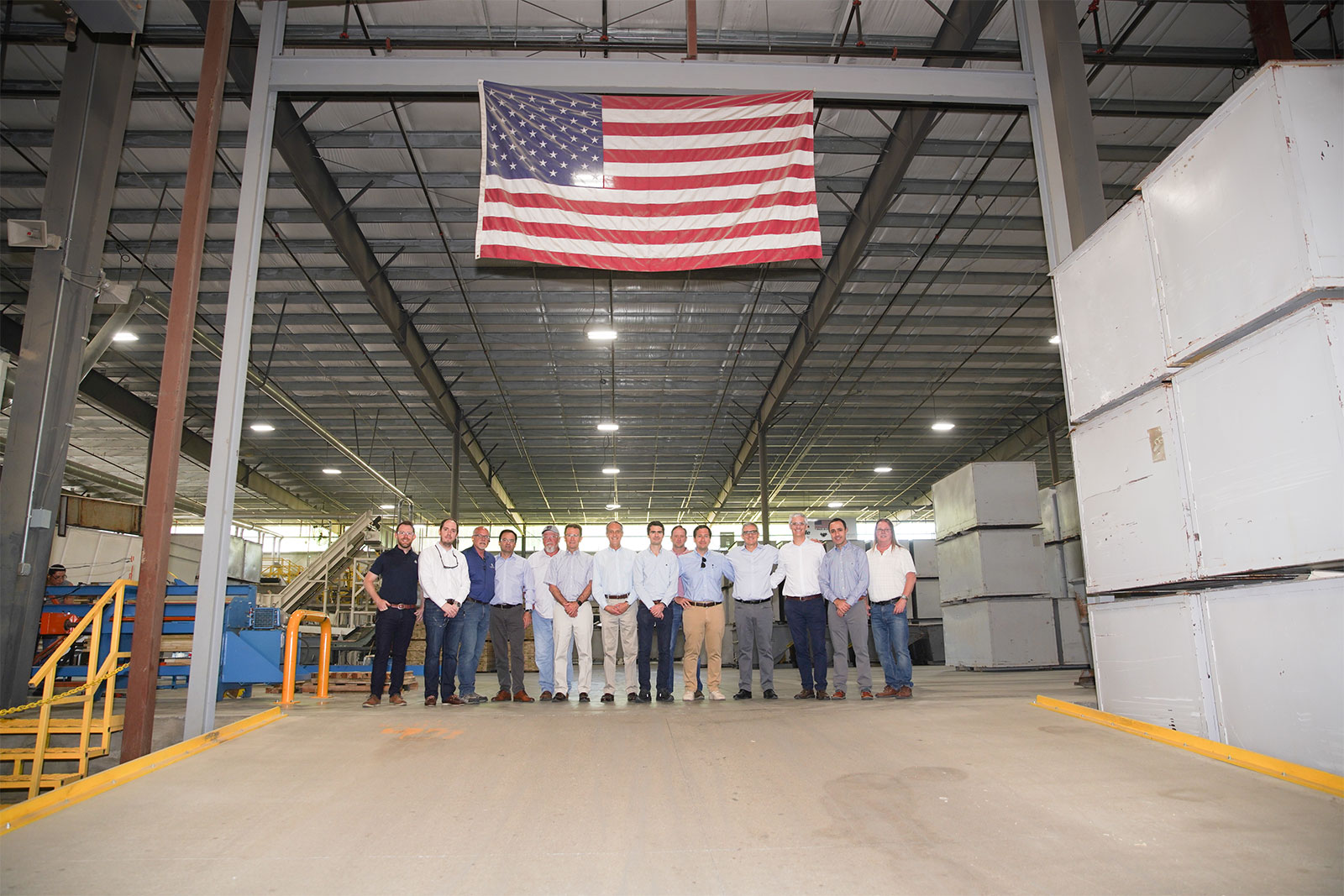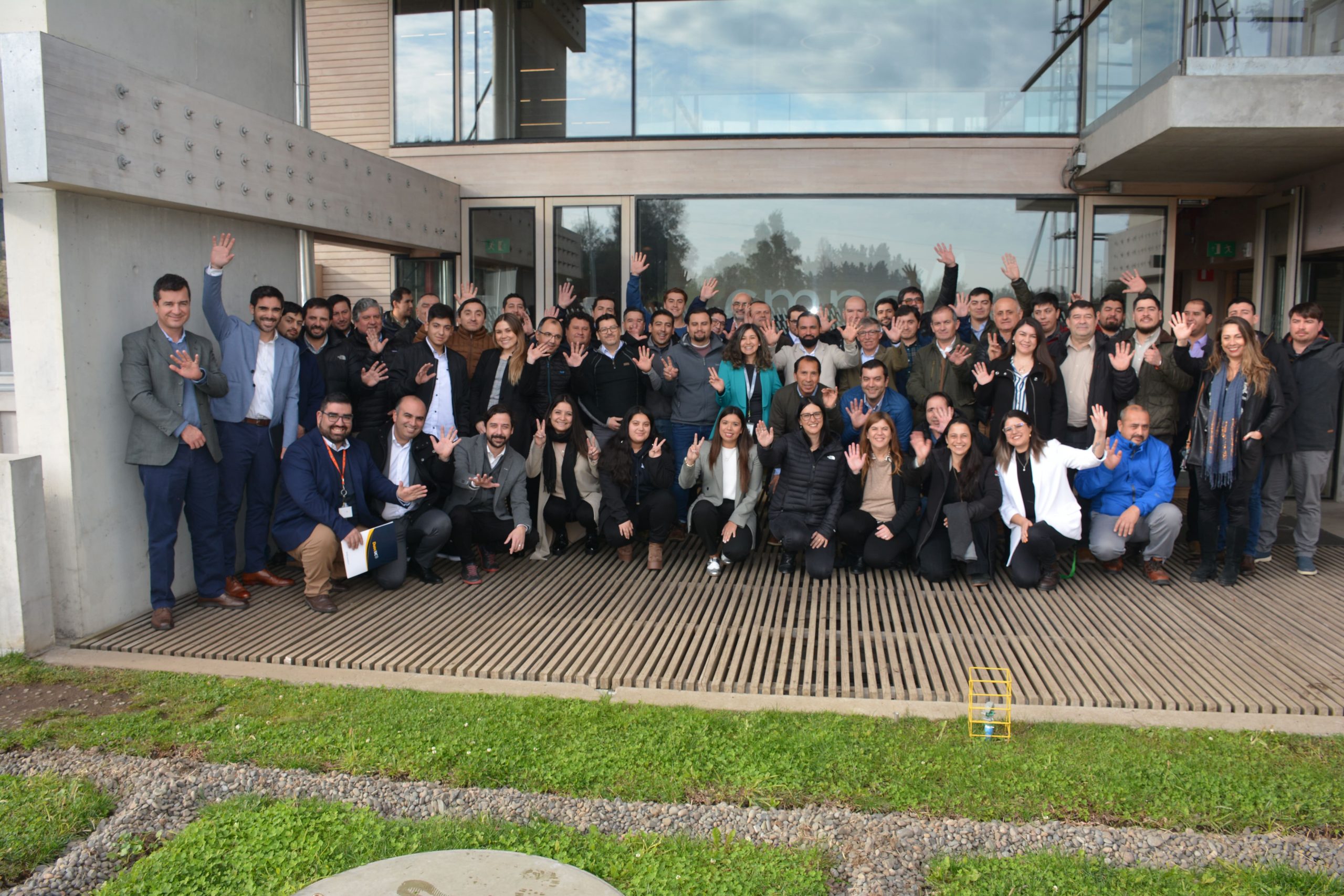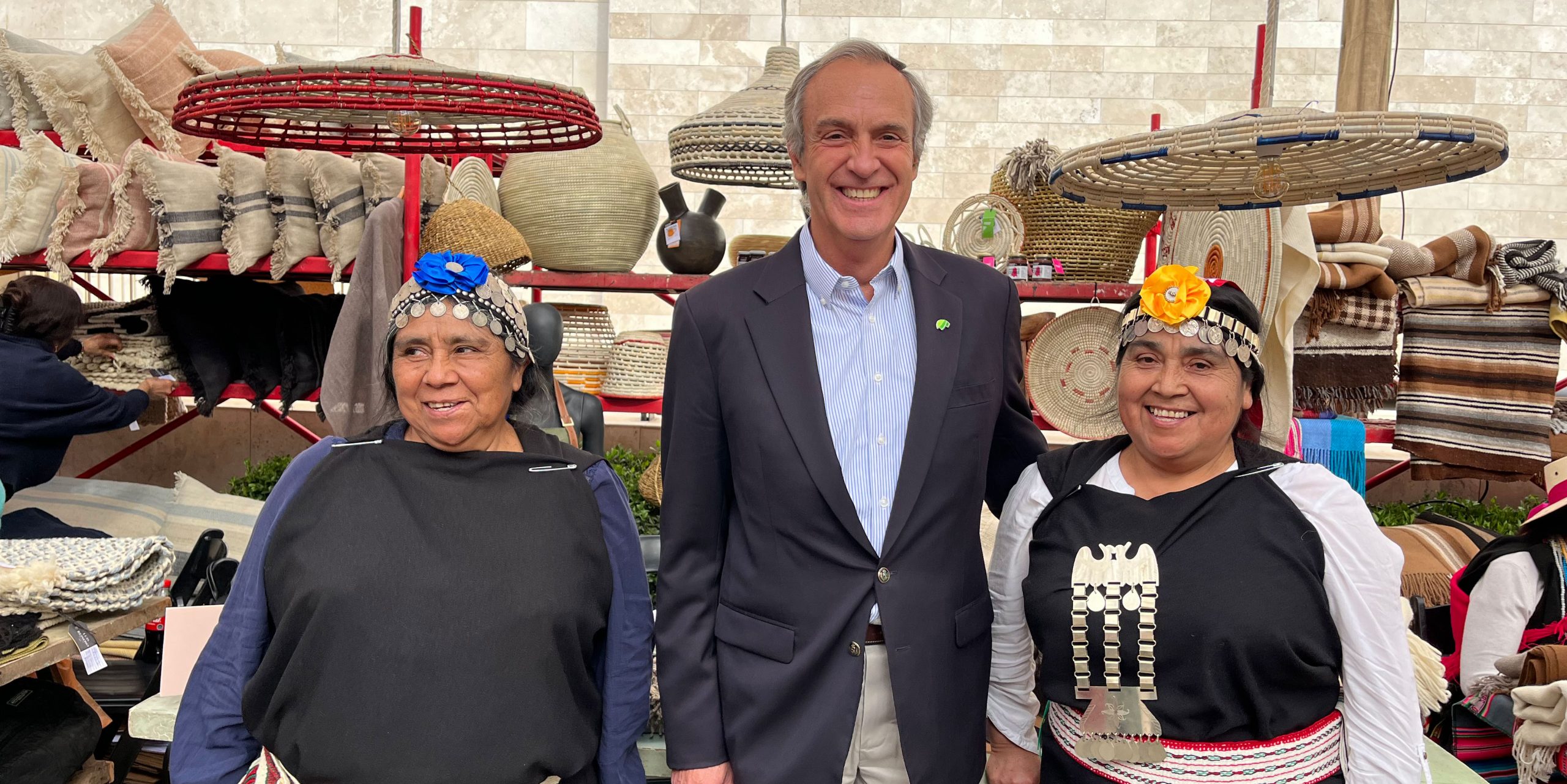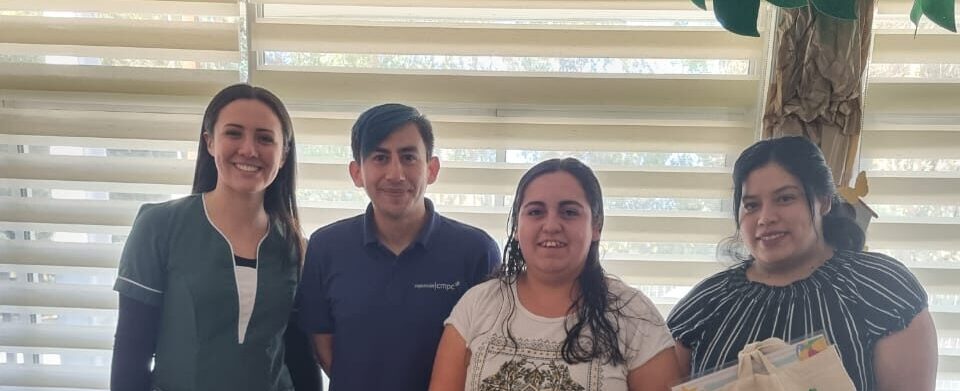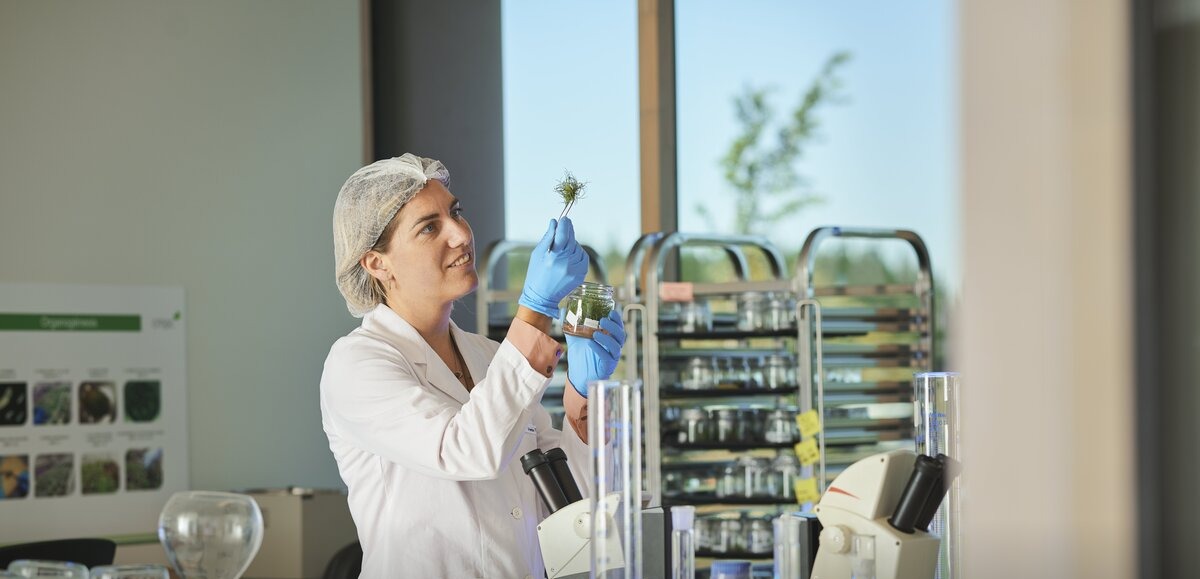
Reproducing science and trees
10 de March, 2020
In the CMPC Biotechnology Development Center, the Belgian scientist, Femke Lieve, uses biotechnology to reproduce endangered species and recover threatened native trees such as Araucaria, Toromiro and Ruil, among others.
“We are betting on creating life and oxygen.” With that phrase, Femke Lieve summarizes the work that she has been doing for four years and that she develops with a group of 17 people at the CMPC Biotechnology Development Center, in the recently inaugurated Los Angeles building.
This place has a modern laboratory in which the use of biotechnology has been fundamental not only for better performance and for growth of the company’s forests, but also for the recovery and multiplication of plants in a large scale and in a sustainable way.
“A big part of the work we do in the Biotechnology Laboratory is to reproduce endangered species and recover threatened native trees”, says Femke Lieve, who is in charge of the modern laboratory.
Through last generation technology and the micropropagation technique, which consists in cultivating the seeds of a mother plant in the laboratory and multiplying them to produce new specimens that go to a nursery, the company has made important initiatives for the recovery and conservation of threatened species.
According to her, the Biotechnology Laboratory currently conserves in vitro about 500 copies of Arrayán, Avellanos, Copihues and Ruiles, while using the in vitro preservation technique they have 50 copies of La Araucarias, Guindo Santo and Toromiro.
“We have lots of Copihues preserved in the laboratory, as well as Arrayán, Ruil, Avellanos, Araucarias, which we preserve and then evaluate to acclimatize them in the nurseries,” says Femke Lieve.
This is the case of the Toromiro. It is an endemic bush of Easter Island that in 1960 ceased to exist on the territory. The recovery work began in 2006, when the Botanical Garden of Viña del Mar delivered six samples of toromiro to CMPC to be protected and to perform preliminary analyzes.
With that goal, the company worked together with the Catholic University in an alliance that allowed the good results to lead the company to sign an agreement with Conaf in 2013, to reintroduce the species on the island and thus return to the Rapa Nui culture the tree with which their ancestors made sacred art.
In addition, the Biotechnology Development Center of which the laboratory is part, is dedicated to finding ways to recover native flora, which will then be cultivated in the six greenhouses located in the same building and then transferred to the Carlos Douglas nursery, where a variety of native species are cultivated.
“I feel privileged to be able to work on this. We are betting on creating life not only for Chile, but also for the whole world. The companies that have a future are those that work in sustainability and try to lower the carbon footprint in the world, which motivates me a lot”, concludes Femke Lieve.
One of CMPC’s commitments is to conserve and restore 100,000 hectares by 2030, which will be added to the 325,000 hectares of conservation and protection that the company already has in Chile, Argentina and Brazil. CMPC currently has one of the most important native plant and tree production nurseries in the country, Carlos Douglas, in the Biobío region.

